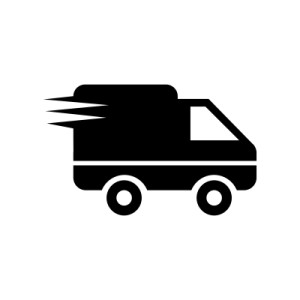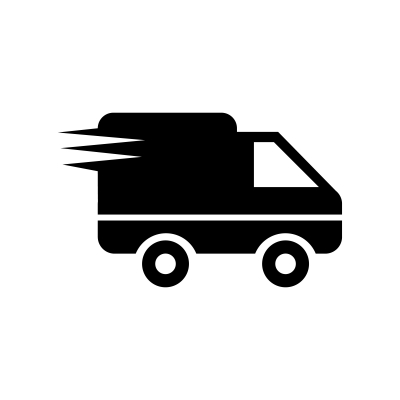The Bureau of Customs (BOC) and Philippine Economic Zone Authority (PEZA) have inked a joint agreement that automates the process of transferring goods between PEZA-registered enterprises.
Bureau of Customs (BOC) and Philippine Economic Zone Authority (PEZA) have inked a joint agreement that automates the process of transferring goods between PEZA-registered enterprises.
Customs Commissioner Alberto Lina and PEZA director general Lilia De Lima signed joint memorandum order (JMO) 2-2015 dated July 24 implementing the Electronic Zone Transfer System (eZTS) which provides a “simpler and more efficient system for documenting and processing the clearance, release and transfer of goods between PEZA-registered enterprises.”
The eZTS is seen as “an effective monitoring and safeguard system for the movement of duty and tax-free goods in order to protect government revenues.”
The JMO covers the transfer of goods—such as constructive exports, farm-out for subcontracting, and permanent or temporary transfer of goods and equipment—by a PEZA enterprise to another PEZA enterprise, or to another facility of the PEZA enterprise located in another PEZA zone.
The order clarified that “transfer” of goods refers to the procedure in which goods of a PEZA locator are cleared, released tax- and duty-free and transferred to another enterprise located either within the same PEZA economic zone (intra-zone transfer) or in another PEZA zone (inter-zone transfer).
The order also covers the clearance, release, and transfer of tax- and duty-free goods of a PEZA enterprise to its facility located in another PEZA economic zone.
Under the agreement, the PEZA-registered enterprise “shall be accountable for all applications for e-LOA (electronic letter of authority) and e-ZDTs (or electronic zone transfer document) electronically filed in its name, unless the concerned PEZA-registered enterprise immediately advises in writing/by e-mail, that it has not authorized the lodgement of a particular application for e-LOA and /or eZDT.”
e-LOA is a document electronically secured from PEZA by the originating PEZA enterprise transferring the goods.
“Transfers of goods required to be covered by an e-LOA shall be approved by PEZA only if the appropriate e-LOA has been secured by the originating PEZA-registered enterprise from PEZA,” the JMO said.
The eZTD, on the other hand, is the single document that consolidates and replaces the following PEZA Permits:
- 8105 – Permit to Bring Goods from the Customs Territory into the Ecozone
- 8106 – Permit to Bring Goods from the Ecozone into the Customs Territory
- 8110 – Permit to Withdraw Goods from the Ecozone for Sample Purposes
- 8112 – Permit to Sell Ecozone-made Goods and for transfer of materials other than ecozone-made goods within the Ecozone
- PEZA Boatnote – Transshipment Permit while Goods are in transit
Transfer protocol
PEZA-registered enterprises should enrol in the eZTS through a PEZA-accredited value-added service provider (VASP) “in accordance with procedures and requirements prescribed by PEZA.”
Moreover, the originating PEZA enterprise should obtain a single general transportation surety bond (GTSB) with BOC-accredited surety companies.
The minimum face value of the GTSB “shall be equivalent to the estimated duties and taxes on all the goods to be transferred by the originating PEZA-registered enterprise to all its intended recipient PEZA-registered enterprises for a period of seven days, based on the average actual daily transfers of goods by the enterprise to other PEZA enterprises during the last three months preceding the posting of the Bond”, the joint order said.
The GTSB will be registered with the BOC district collector who has jurisdiction over the PEZA economic zone of the originating PEZA enterprise, or in accordance with BOC regulations, the JMO noted.
In case the originating PEZA enterprise is transferring goods to another/other locator for the first time, the face value of the GTSB will be based on an affidavit to be issued by the authorized official of the enterprise indicating the total estimated value of all goods to be transferred to the recipient locator for a three-month period.
“In the event of an increase in the value of goods actually transferred after a six-month period, the originating PEZA-registered enterprise shall increase the face value of the original GTSB,” according to the JMO.
Locators who want to transfer goods through a VASP must file an application under the eZTS through the eZTD by providing all required information consistent with the corresponding approved e-LOA. In addition, other documents that may be required by PEZA must be submitted by the originating PEZA enterprise.
PEZA will then check the submitted application and either electronically approve or disapprove the eZTD application. Once the PEZA approval and payment of the e-LOA is completed, eZTD will generate a barcode to represent the system-generated electronic signature on the eZTD. Approved eZTDs will be electronically forwarded by eZTS to BOC.
The originating PEZA enterprise prints the approved eZTD for viewing by a BOC officer in the originating zone.
“PEZA and BOC may exercise the option to inspect the goods to be transferred within 30 minutes from time of printing of the eZTD,” the JMO added.
The JMO will take effect once the implementing rules and regulations are issued.
Lina, in a forum conducted by the Semiconductor and Electronics Industries in the Philippines, Inc. last June, suggested the automation of transfers between PEZA zones, which earned approval from SEIPI locators, who lamented that the automation program had been in the drawing board for years.
READ: BOC eyes automation of cargo transfers, ship-to-truck scheme
Lina had said that automating the transfer would mean “less papers, less human intervention, less costs.” – Roumina Pablo
Image courtesy of atibodyphoto at FreeDigitalPhotos.net





